The Data Detective: Ten Easy Rules to Make Sense of Statistics
by Tim Harford
***One of the best books on critical thinking, recommended by Nigel Warburton***
“There are three kinds of lies: lies, damned lies and statistics,” said Benjamin Disraeli (according to Mark Twain, anyway), in what has become one of the most well-known quotations in the English language, and certainly the only one most of us know about statistics. And yet…in practice many of us continue to be misled by them on a daily basis. In The Data Detective (called How to Make the World Add Up in the UK), British economist Tim Harford tries to equip us with tools to take on the latest misinformation.
We’ve also interviewed Tim, a Financial Times columnist and BBC Radio and TV presenter, about books on two topics: Unexpected Economics (including a comic book) and the best Introductions to Economics.
This is a very timely book. The FT’s ‘Undercover Economist’, Tim Harford, gives us a tour of the uses and abuses of statistics. In 2020 the most momentous political decisions are being taken on the back of data on infection rates, death rates, R rates, the problems of false positives in testing regimes etc. etc. These data and statistics are the basis of any political discussion of our response to Covid, but political decisions, or even just political positions, do not simply follow automatically from the inspection of the data. They can only inform an intelligent discussion.
Covid has shone a particularly stark light on the importance of good statistical information and its correct use, but the explosion in data production over the past couple of decades and the growing importance of social media in public discourse has been driving up the importance of this issue for years.
Throwing statistical information about, treating statistics as trumps to be played in a game of political rummy, creates more heat than light. It leads to confusion and accusations of fake news. Statistics should be used to inform debate, not to end it. Tim Harford’s book takes us through 10 rules for using data and statistics sensibly in order to improve public debate. His essential message is that, before you draw any conclusions from data or statistics, you have to contextualise it. You have to ask questions about the construction of the data and its broader context. You also have to ask what the data doesn’t tell you and what data might be missing that changes the story. On top of all that, you have to put it in a personal context. Why is this statistic particularly appealing/unappealing to you and how might that lead you to misuse/misinterpret it?
It’s a brilliantly constructed book. The chapters are all built around illuminating and interesting stories and case studies. There is nothing dry and tedious about the exposition. There’s no doubt that this book will win many much-deserved plaudits. The problem is that those who are likely to read it are those who are least in need of its instruction. Although it comes in at just over 300 pages of generously spaced text, that is more than a page for every character permitted in a Tweet. Are the swarming denizens of social media going to drop their phones for a couple of hours to meditate Harford’s wise words and reflect on how they might change their behaviour in the interests of an improved public conversation?
I doubt it. Harford hopes that curiosity will deepen the desire to understand. But there remains the problem of how to spark that initial curiosity. Something like the lessons outlined here should be part of compulsory civics/citizenship lessons in schools in any democracy, along with understanding how the constitution works, or the importance of an independent judiciary. It’s that important.
 Benedict King, Contributing Editor
Benedict King, Contributing Editor
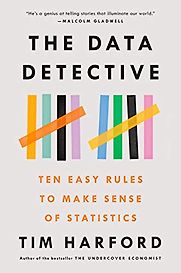
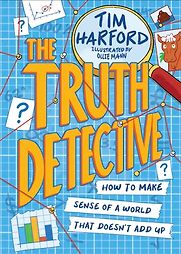
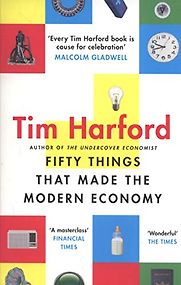
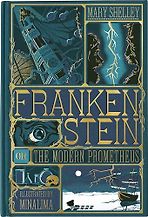
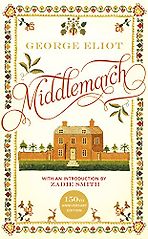


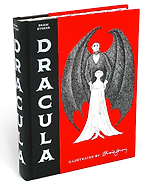
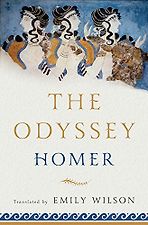
Five Books review